.webp)
© History Oasis
Rococo fashion dominated French aristocratic style from 1730 to 1780 under Louis XV’s reign. Imagine an era of opulent designs via pastel colors and elaborate embellishments that reflected aristocratic indulgence. Wide paniers, ornate fabrics, and powdered wigs were on the rage. The era left a lasting influence on fashion history. Today, many contemporary designers are still influenced by this risque era of style.
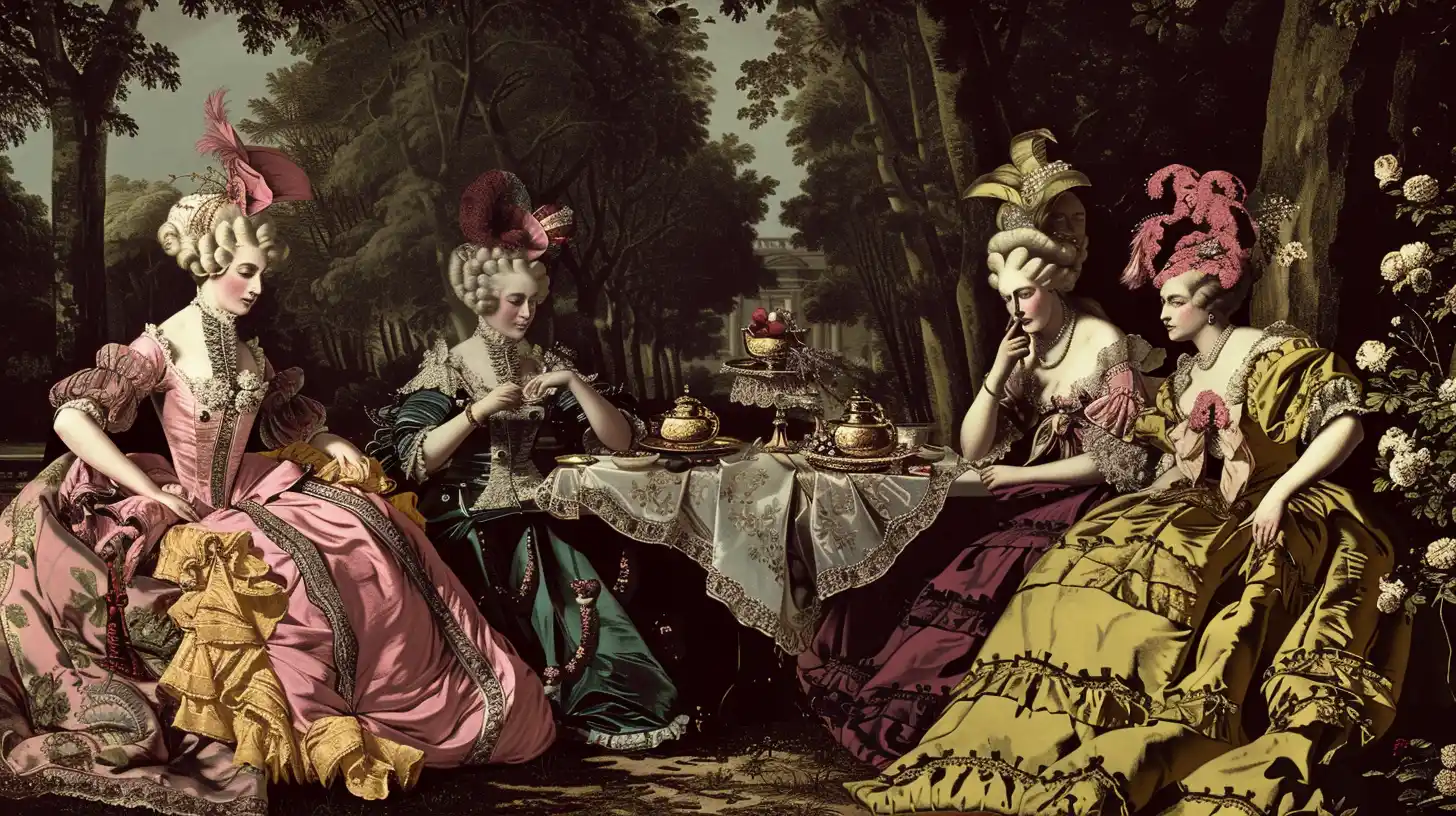
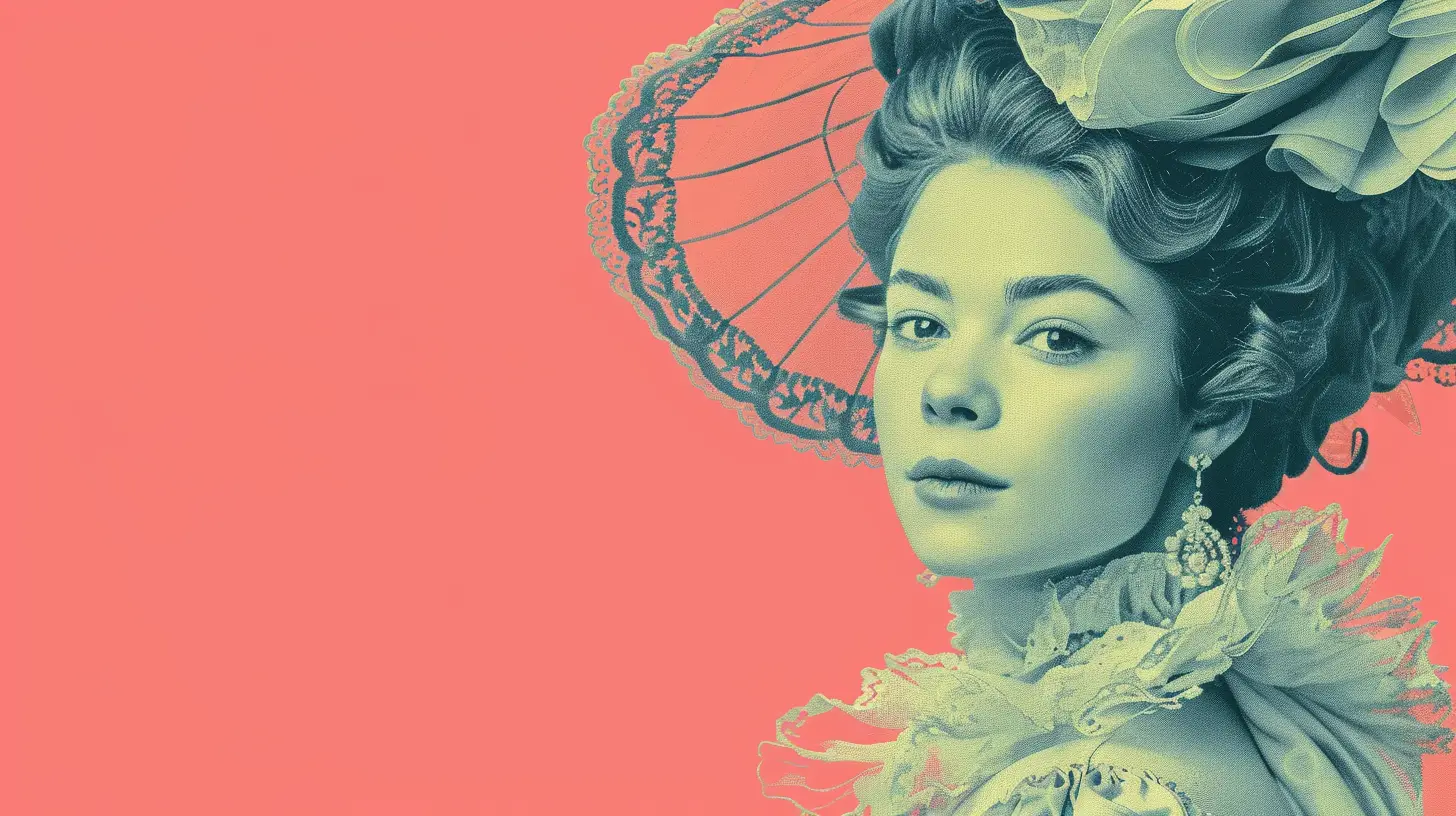
Rococo fashion could be extremely playful. Designers of the day favored pastel palettes, intricate embellishments, and flowing curves. These designs tried to embody the carefree French aristocratic spirit. This aesthetic emphasized decoration over restraint. Most garments of the elite could be considered wearable art pieces showcasing wealth and status.

Paniers were used to transform women’s silhouettes. Dramatic side extensions were used a lot to create exaggerated hips and waists. These wide hoops made skirts extend sideways rather than backward, producing theatrical shapes. Your eyes would not miss one of these ladies walking down a Parisian street. Paniers symbolized social status and Rococo’s theatrical sensibilities.
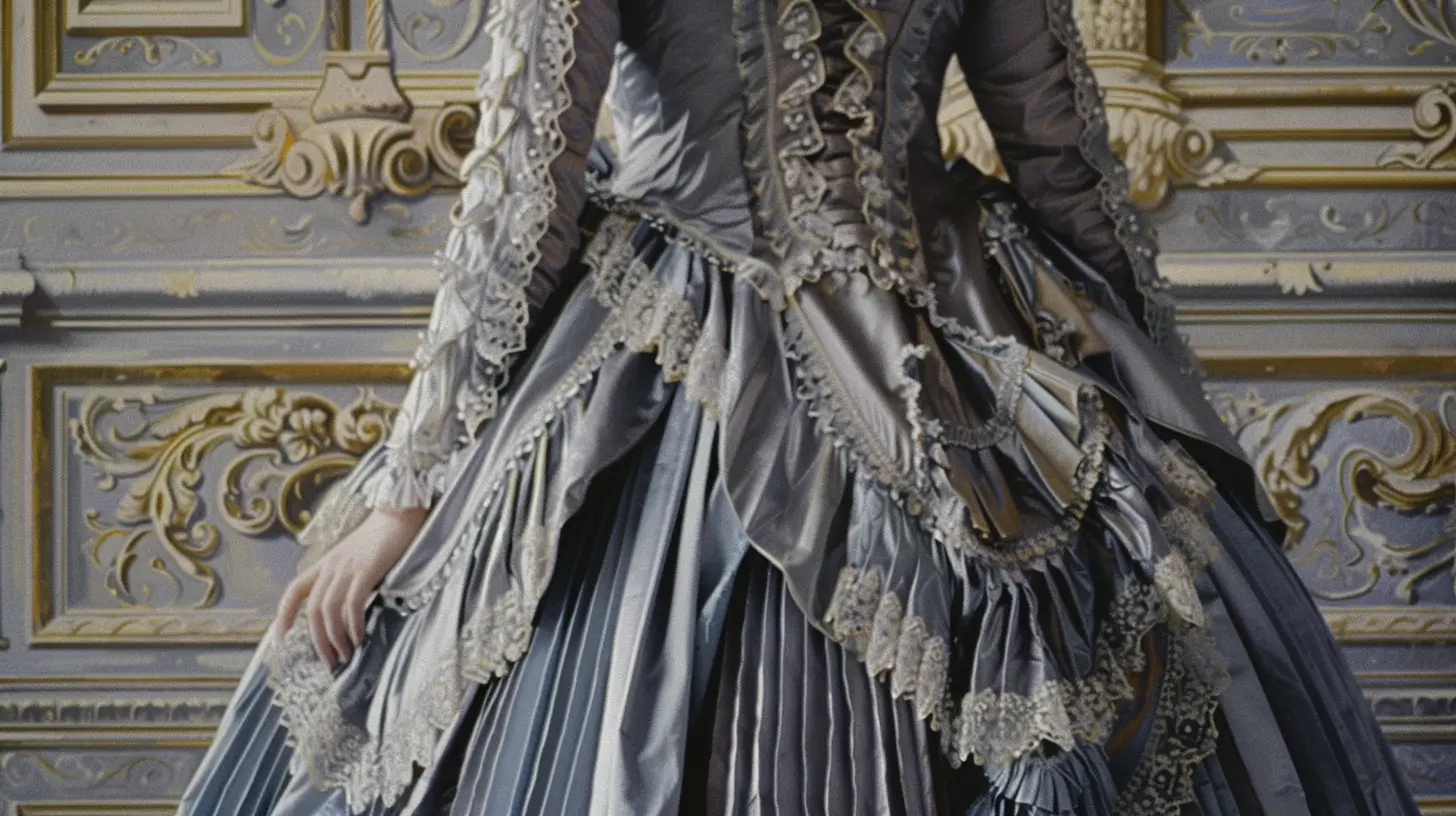
The robe à la française featured back pleats cascading from the shoulders to the floor. It earned the notorious nickname, the “sack-back gown.” Lots of fabric topped the shoulders, creating a draping effect that produced ethereal silhouettes. This flowing design was free to show Rococo femininity, as it was able to show natural movement and elegant proportions not seen before.
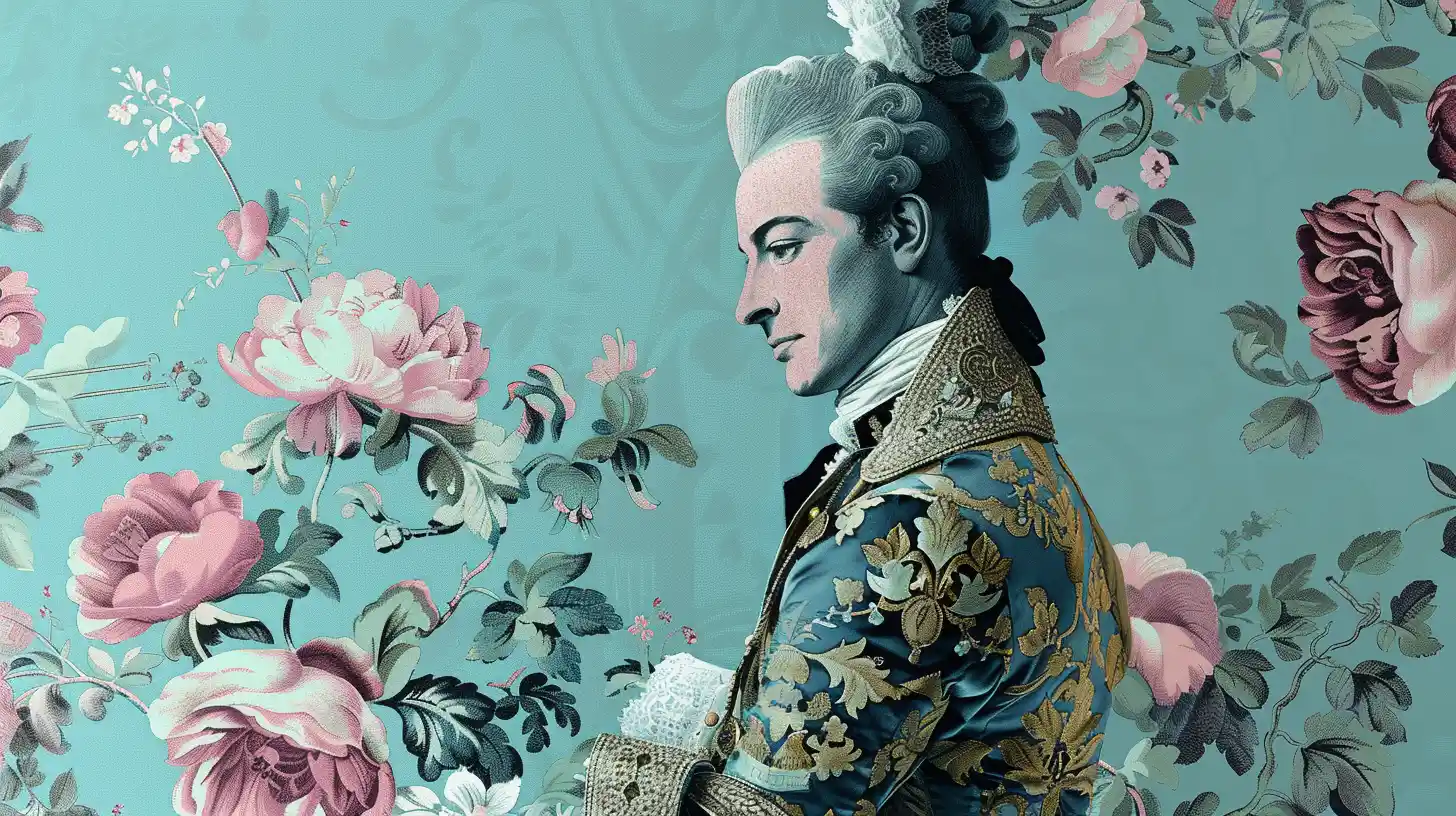
Men’s Rococo fashion also matched the flamboyant style seen in women’s dress. Essential elements included the justaucorps (long, collarless coat), knee-length breeches, waistcoats, and tricorn hats. Silk and velvet fabrics were used extensively by men in France. Designers used intricate embroidery and lace details that demonstrated craftsmanship.Though the style was quite artsy, it was still able to be quite masculine.
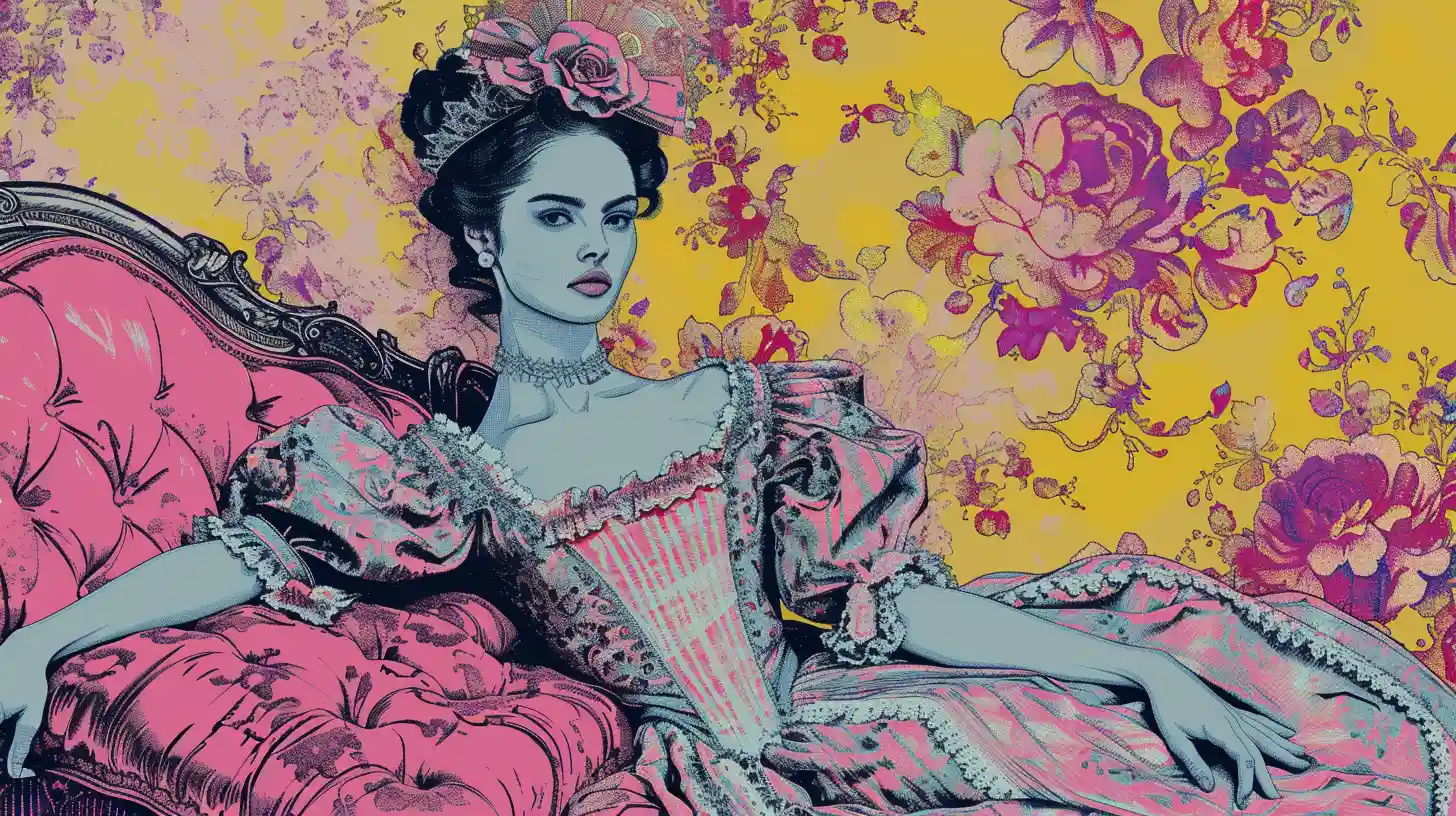
Silk, satin, and velvet were the main fabrics used in the Rococo era. These materials provided texture, sheen, and draping properties that enhanced garment movement. Embroidery, lace, and ribbon were also used extensively to showcase wealth. The style was meant to pop when met with the naked eye.
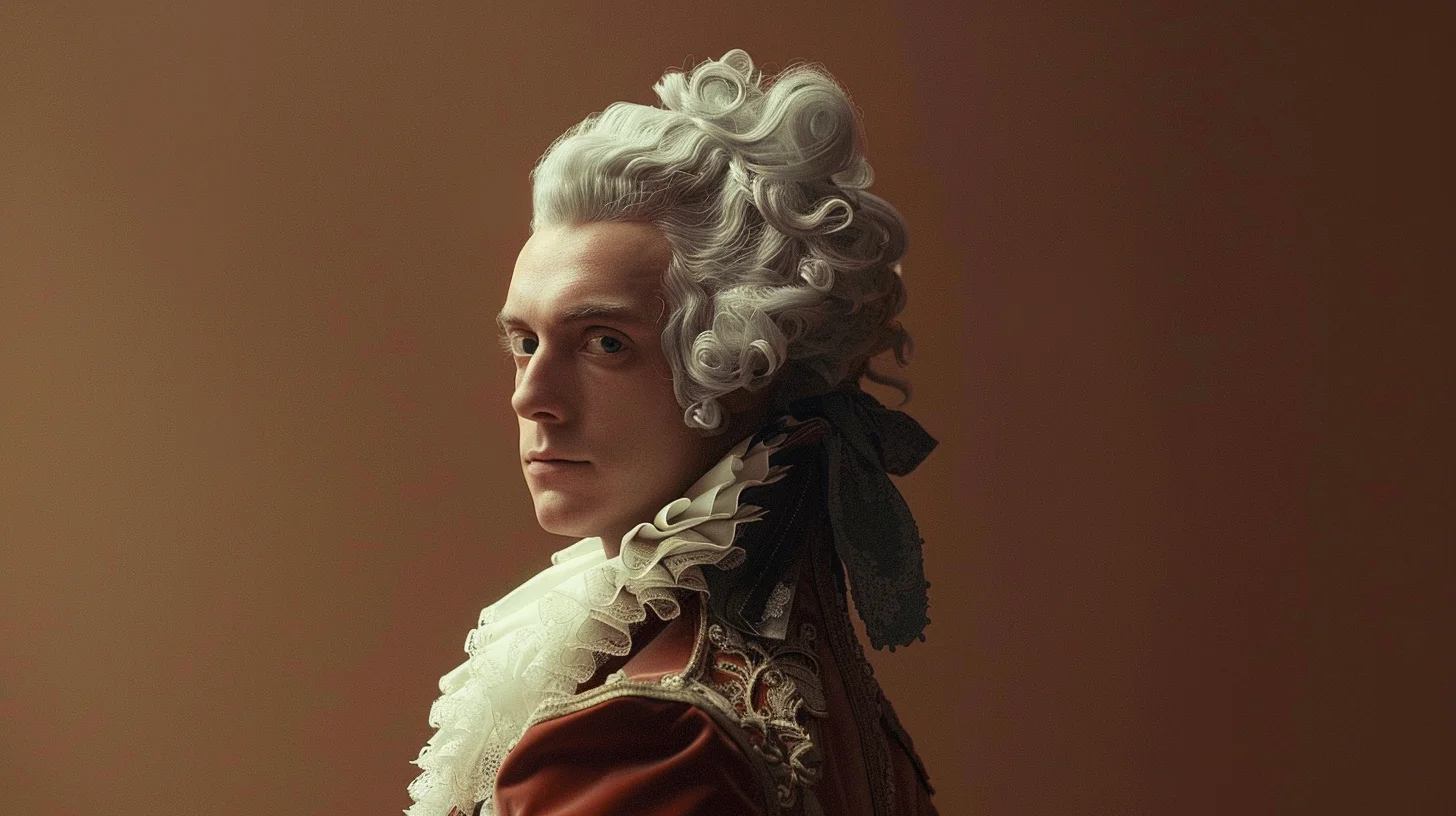
Powdered wigs (perukes) dominated Rococo fashion across genders. Human or horse hair was used to create the wigs. That was topped with a white powder application to achieve pale coloring, but it was deadly to the user over the years. Ribbons, feathers, and jewels provided additional ornamentation for the female head.

Rococo accessories had a dual purpose. They were both decorative and functional. Fans, gloves, high-heeled shoes, and parasols would enhance your completed outfit. Luxury materials and intricate designs, embroidery, or jewel work created beauty. These accessories also played a role in showing off your wealth.
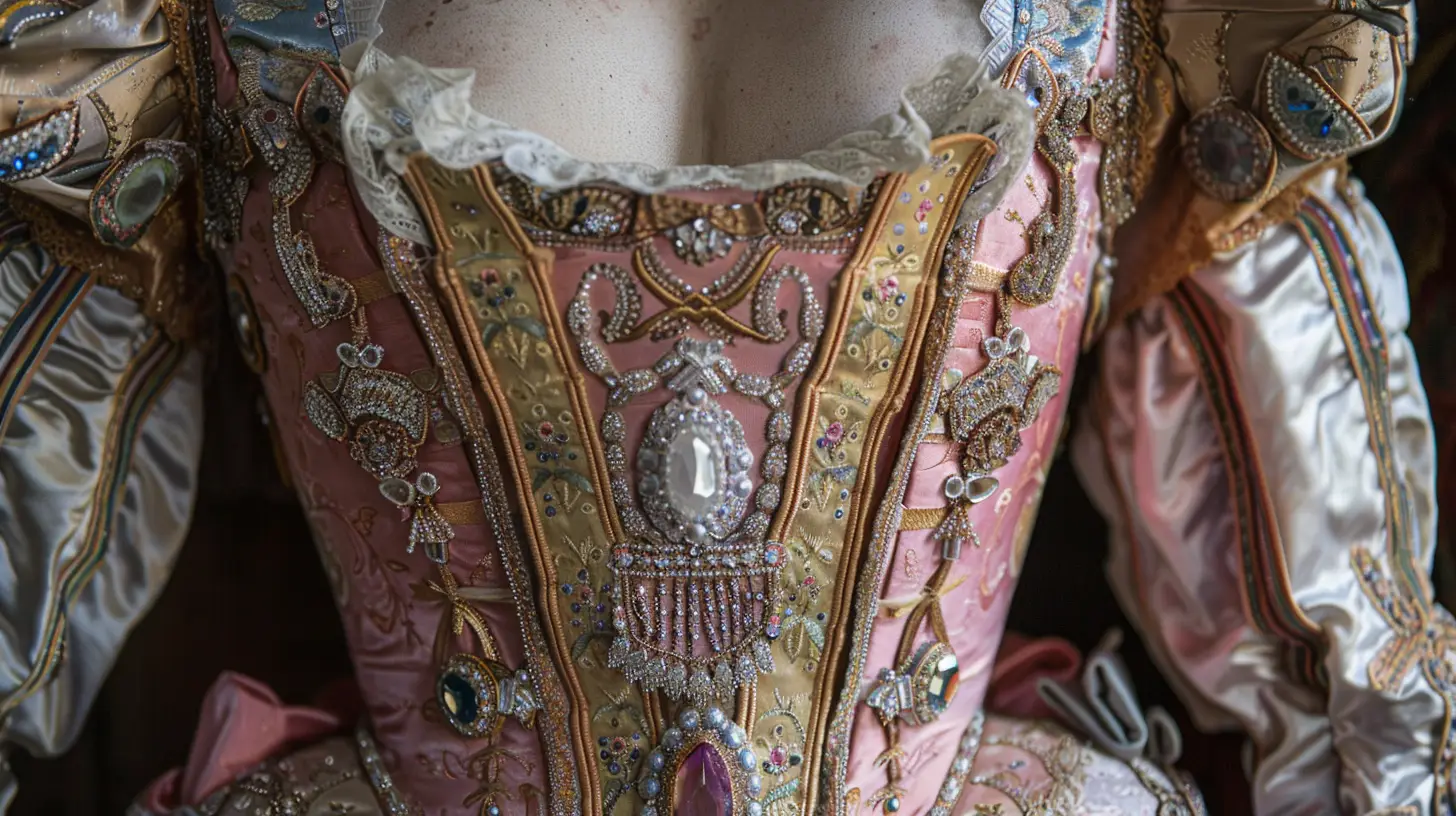
The stomacher functioned as both a decorative bodice panel and to enhance the design of the dress. This triangular element would be littered with jewels, lace, or intricate embroidery that displayed wealth while adding texture layers.Coordinated design elements created an extra subtle detail.

Rococo makeup was used to emphasize porcelain complexions, rosy cheeks, and strategic beauty patches called mouches. White lead powder created prized pale skin symbolizing nobility, while rouge provided a youthful glow. Silk or velvet mouches added playful coquetry through facial placement that conveyed personality messages and social intentions.
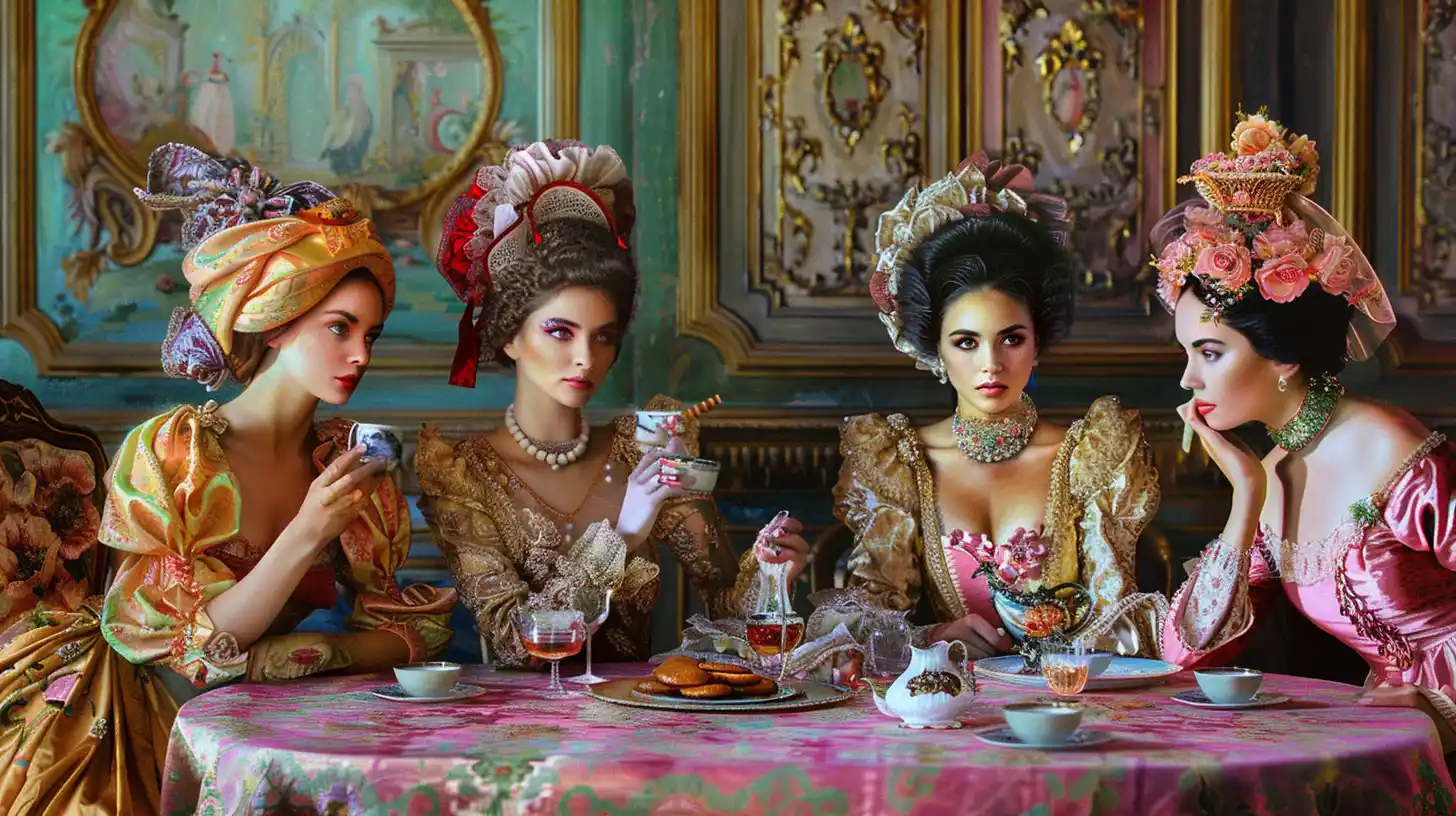
Rococo influence spread beyond France to England, Germany, and Italy. But adoption was carried on with a twist for each culture. While other European aristocrats embraced luxurious fabrics and embellishments, they adapted the style to local cultural preferences. These variations proved more restrained than French court fashion.